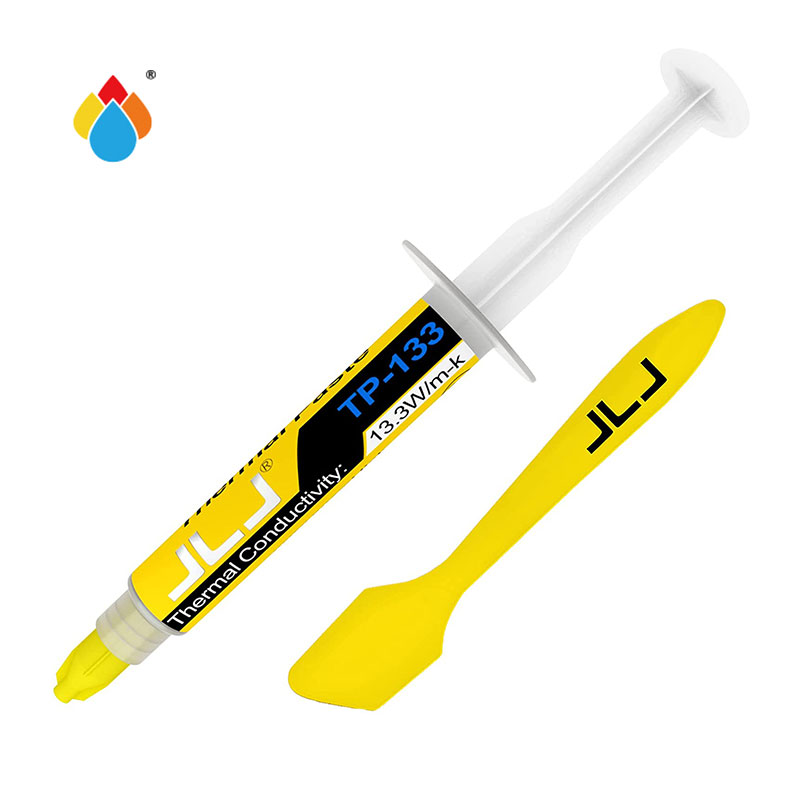What Is Thermal Interface Material (TIM) and Why It Matters?
2025-04-30
When it comes to keeping your electronics cool and running smoothly, the spotlight often falls on fans, heatsinks, or water-cooling systems. But behind the scenes, there's a silent hero playing a crucial role—Thermal Interface Material, or TIM.
While it may not be the most glamorous component, TIM is essential for effective heat transfer and long-term performance of electronic devices.
What Is Thermal Interface Material?
In simple terms, a Thermal Interface Material is a substance placed between two surfaces—typically a heat-generating component (like a CPU or power transistor) and a heat sink—to enhance thermal conductivity.
Even when two flat surfaces appear to be in contact, microscopic gaps exist between them. These gaps trap air, which is a poor conductor of heat. TIM fills these voids and creates a more efficient heat path.

Types of Thermal Interface Materials
There are several types of TIMs available, each suited for specific applications:
1. Thermal Pastes/Greases
- Use case: CPUs, GPUs, high-performance electronics
- Pros: Easy to apply, high thermal conductivity
- Cons: Can dry out over time, not reusable
2. Thermal Pads
- Use case: Mass production, GPUs, memory chips
- Pros: Clean, pre-cut, reusable
- Cons: Slightly lower thermal performance than paste
3. Phase Change Materials (PCM)
- Use case: Laptops, servers
- Pros: Flows and forms a perfect seal at operating temperature
- Cons: One-time use, more expensive
4. Liquid Metal
- Use case: Overclocking, high-end builds
- Pros: Exceptional thermal conductivity
- Cons: Electrically conductive, requires careful handling
5. Thermal Tapes
- Use case: LED modules, small electronics
- Pros: Easy to install, provides adhesion and thermal transfer
- Cons: Lower conductivity compared to pastes and pads
Why Is TIM Important?
Without TIM, the thermal transfer between a component and its heat sink is severely compromised. This can lead to:
- Overheating
- Throttled performance
- Component degradation
- Reduced lifespan
Proper TIM selection ensures better temperature control, longer system stability, and better reliability for everything from smartphones to servers.
How to Choose the Right TIM?
The best TIM depends on your use case:
- For general PC use: Non-conductive thermal paste (like Arctic MX-6)
- For high-performance systems: Premium thermal paste or liquid metal
- For industrial applications: Pads or PCMs that handle higher mechanical stress
- For LED arrays or sensors: Thermal tape or adhesive pads
Final Thoughts
Though often overlooked, Thermal Interface Materials are key to maintaining efficient and safe thermal performance in electronic systems. Whether you're a DIY PC builder or an electronics manufacturer, choosing the right TIM—and applying it correctly—can make a measurable difference in performance and longevity.
So next time you think about cooling your electronics, remember: it's not just the fans or the heat sink—it’s also what’s in between that counts.


